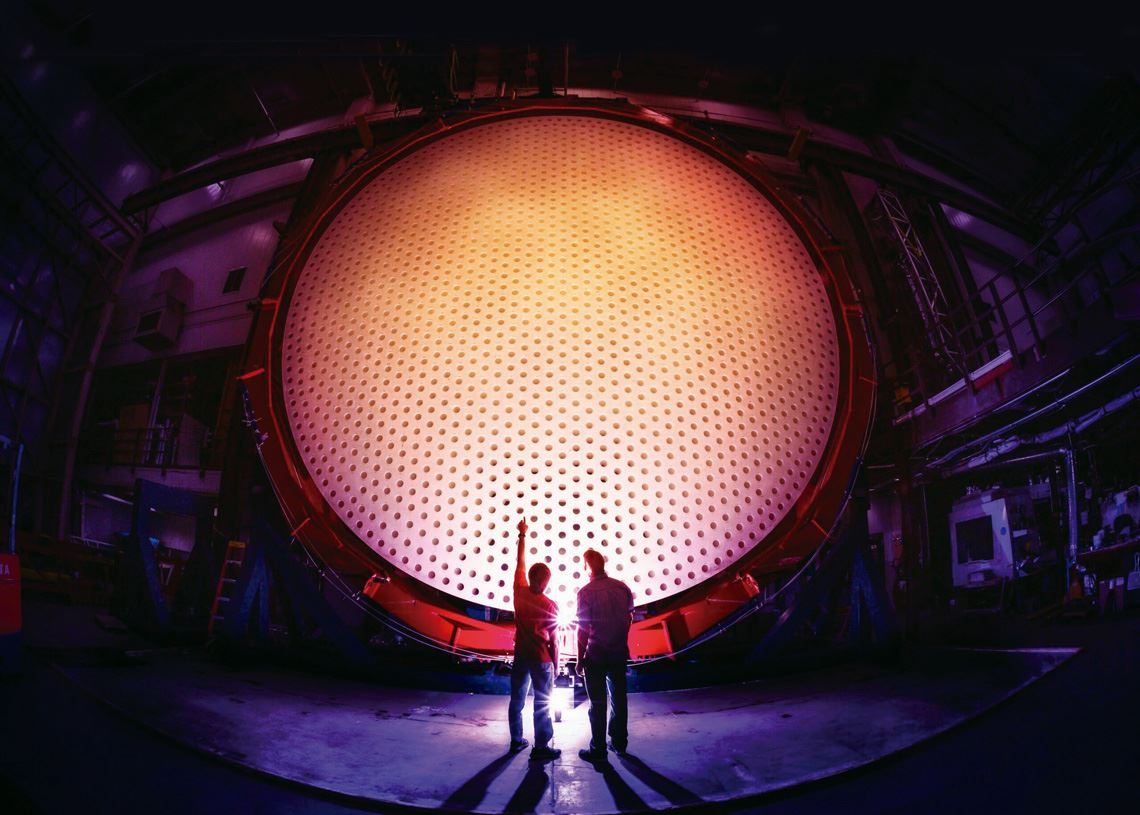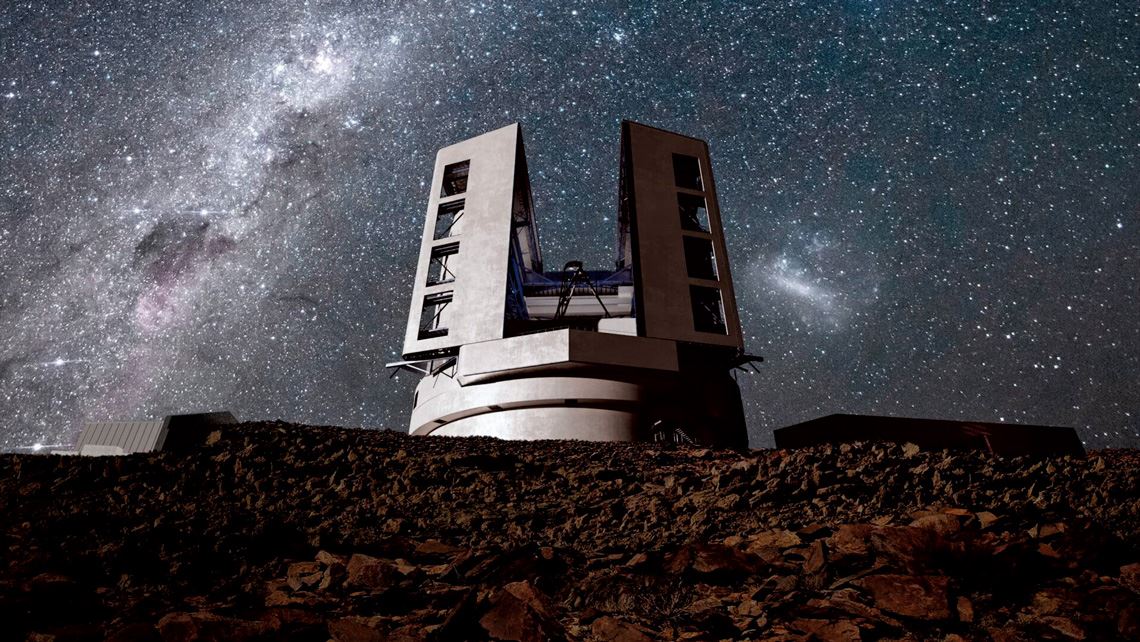Following the successful launch last year of the James Webb Space Telescope as a successor of the 32-year-old Hubble, several other major space observation projects are due to be completed over the current decade: a new generation of giant ground-based telescopes—with mirrors larger than 20 meters (m) in diameter and a resolution 200 times greater than any other telescope now in operation—is slated to come online in the near future. Three international consortia are currently developing billion-dollar super telescope projects, two led by US organizations—the Giant Magellan Telescope (GMT) and the Thirty Meter Telescope (TMT)—and one led by the European South Observatory, dubbed the Extremely Large Telescope (ELT).
In early August, the GMT consortium, of which FAPESP has been a founding member since 2014, announced that it had secured an additional US$205 million for the project. The funds will help accelerate construction of the mammoth telescope, with its 25 m mirror diameter, at the Las Campanas Observatory in Chile’s Atacama Desert. The money will go primarily to three major project components: construction of the telescope’s 12-story steel structure, by US-based Ingersoll Machine Tools; continued progress on the seven 8.4 m primary mirrors (which will be arranged into a single “super dish”) at the University of Arizona; and construction of one of the spectrographs—a spectrograph is used to capture light and break it down into different colors (frequencies), allowing researchers to analyze the chemical composition of the target celestial body. With the additional funding, the GMT project has now raised a grand total of US$800 million, roughly 80% of its original budget.
The capital injection is being provided by FAPESP, in Brazil, and by five other partner institutions in the US: the Carnegie Institution for Science, the University of Chicago, the University of Arizona, the University of Texas at Austin, and Harvard University. Adding to its previous investment of US$40 million, FAPESP has pledged an additional US$5 million. “This has provided a timely funding boost for continued progress on the mirrors, the dome, and the instrumentation,” says Claudia Mendes de Oliveira, an astrophysicist at the Institute of Astronomy, Geophysics, and Atmospheric Sciences at the University of São Paulo (IAG-USP), who is representing FAPESP on the GMT board of directors.

Damien Jemison / Giant Magellan Telescope – GMTO CorporationOne of the telescope mirrors being built at the University of ArizonaDamien Jemison / Giant Magellan Telescope – GMTO Corporation
Sharper resolution
The super telescope will have ten times the light-collecting area and four times the spatial resolution of the James Webb, currently the world’s most advanced space observation instrument. With its higher resolution, the GMT will be able to detect more distant and dimmer objects than before. The telescope’s primary research goals include searching the atmospheres of potentially habitable planets for life, studying the first galaxies that formed in the universe, and finding clues that will unravel the mysteries of dark matter, dark energy, and black holes.
Astrophysicists in São Paulo will be entitled to around 4% of the telescope’s operation time. “Each partner’s contribution as a fraction of the total cost of the project will determine their time allotment,” explains Laerte Sodré at IAG-USP, who is co-heading the Brazilian side of the telescope project alongside Mendes de Oliveira. Both researchers agree that additional investment from other Brazilian agencies would be important to secure additional usage time for astrophysicists in other states.
The GMT partners also expect the National Science Foundation (NSF), one of the leading science-funding agencies in the US, to announce a major investment in the project in the near future. The US National Academy of Sciences stated in a report in November last year that completing the GMT and the TMT would be a top priority this decade for ground-based astronomy in the US.
The two projects were previously rivals. At a cost of US$1.4 billion and with a mirror diameter of 30 m, the TMT is the only super telescope planned to be located in the Northern Hemisphere. But in 2018, lacking the money to advance two highly ambitious initiatives independently, the GMT and the TMT decided to join forces to seek funding from the US government, aligning around a common goal to persuade the National Academy of Sciences to invest in their projects. The lobbying effort has been successful and is likely to influence the NSF’s upcoming decision.
Project
Exploring the universe: from the galaxies formation to Earth-like planets with the Giant Magellan Telescope (nº 11/51680-6); Grant Mechanism Special Projects; Principal Investigator Laerte Sodré (USP); Investment US$45,000,000.00.


